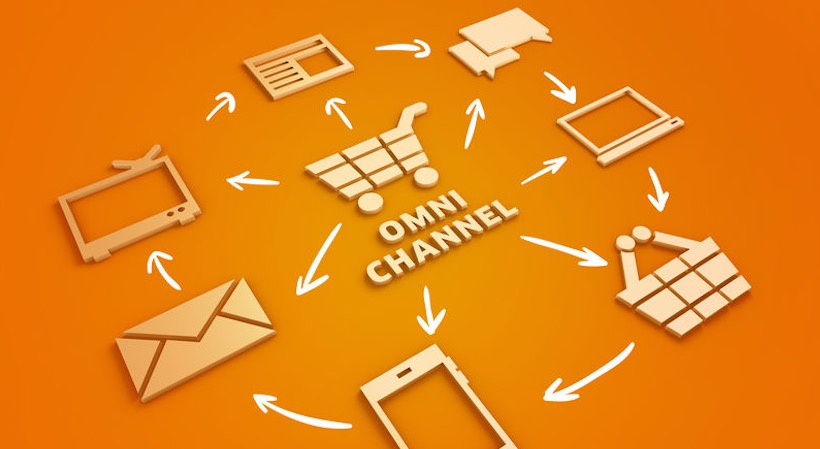It’s easy to assume that, in our digital world, offline marketing no longer has a place. However, according to the Out of Home Advertising Association, offline marketing was a $23 billion industry in 2018, including newspaper, magazine and radio ad spend. While every startup has different marketing goals and unique target audiences, offline marketing, such as print marketing and in-person events, can be an important addition to your overall marketing strategy.
Finding the right balance of online and offline marketing strategies is crucial to making the most of your startup’s marketing budget. Develop an omnichannel strategy using the following tips to ensure both online and offline efforts support and amplify one another.
Promote landing pages on offline materials
You can direct both online and offline traffic to the same landing pages, getting the most from one resource. When adding such links to print materials, like posters, direct mail or flyers, use a shortened link or QR code, both of which will take up minimal space and still look aesthetically pleasing. You can then track these links or codes to determine which landing pages are most appealing to which audiences, informing which marketing calls-to-action are most appealing.
For example, Unbounce analyzed 19,000 landing pages and found the highest converting landing pages have one link, a simple design and are copy-conscious.
Use this as your baseline and then A/B test with various on-page elements to see which copy lines and designs get audiences to act most favorably. This integrated approach allows you to improve the experience for everyone visiting your site.
Related: Clicks to Bricks: Is an Omnichannel Strategy Right for You?
Use direct mail offer codes to drive online purchases
Bolster your online campaign for a new product or service with print. To see which of your audiences is making the most purchases, use a specific discount code for each. For example, you may have a specific promo code for your direct mail campaign, another for Facebook, and one more for your newsletter subscribers.
“Brick-and-mortar businesses can do this via the ‘mention this code’ method or by providing a scannable item that your sales associate or server inputs into your system. If you run an online business, the customer can add the code at checkout,” Jason Frueh, co-owner of MyCreativeShop, said.
Alternatively, if you specifically want to drive more traffic to your website, promote online-deals in-person. Use printed materials at networking events, or in your physical brick-and-mortar location to make customers aware of online-only offers.
A great example is rideshare app, Uber. The company did this type of cross-channel promotion by using promo business cards for both marketing and their driver referral program.
Repurpose CTAs
A call-to-action (CTA) asks a potential customer to do something, whether that’s to subscribe to an email newsletter, download an eBook, purchase a product or submit a contact form. You should always test various CTAs to see which ones work and which don’t, whether that’s changing colors or trying different copy.
Once you’ve put the time and effort into A/B testing your CTAs, whether online or in print, get extra mileage by using the top performers on all of your channels. All marketing materials need a CTA, so use the ones that you already know work. And when they start getting stale, start the process over again.
Use call tracking software
For startups with a target audience that prefers phone communication, connect your phone number with a call tracking system. This software typically generates a unique, local phone number or a 1-800 number to use in your marketing, so you can track which campaigns generate the highest call volume.
This also gives you invaluable insights about your phone marketing performance, as well as customer experience. For a list of popular inbound call tracking software, check out G2 Crowd’s ranking.
Sign Up: Receive the StartupNation newsletter!
Livestream in-person events or demos
If you often conduct presentations, trainings, demos or consultations for your business, use livestreaming to get more from your offline event. By going live with your event, you can then reach both your online and offline audience at the same time.
Marketing expert, Neil Patel, explains that livestreaming is “one of the most genuine ways to connect with an audience and allows for levels of personalization that the marketing industry has never seen.”
Combine your online and offline marketing strategies
Online and offline marketing tactics should be used together to support and amplify your startup’s strategies. An omnichannel marketing plan is necessary to reach a broad audience and can be used by businesses of all sizes. These combined tactics are especially advantageous to startups, as this strategy allows you to reach a larger audience. Be sure that your messaging is aligned across all channels and accurately reflects your brand voice so the interaction between offline and online is always seamless and on-brand.






